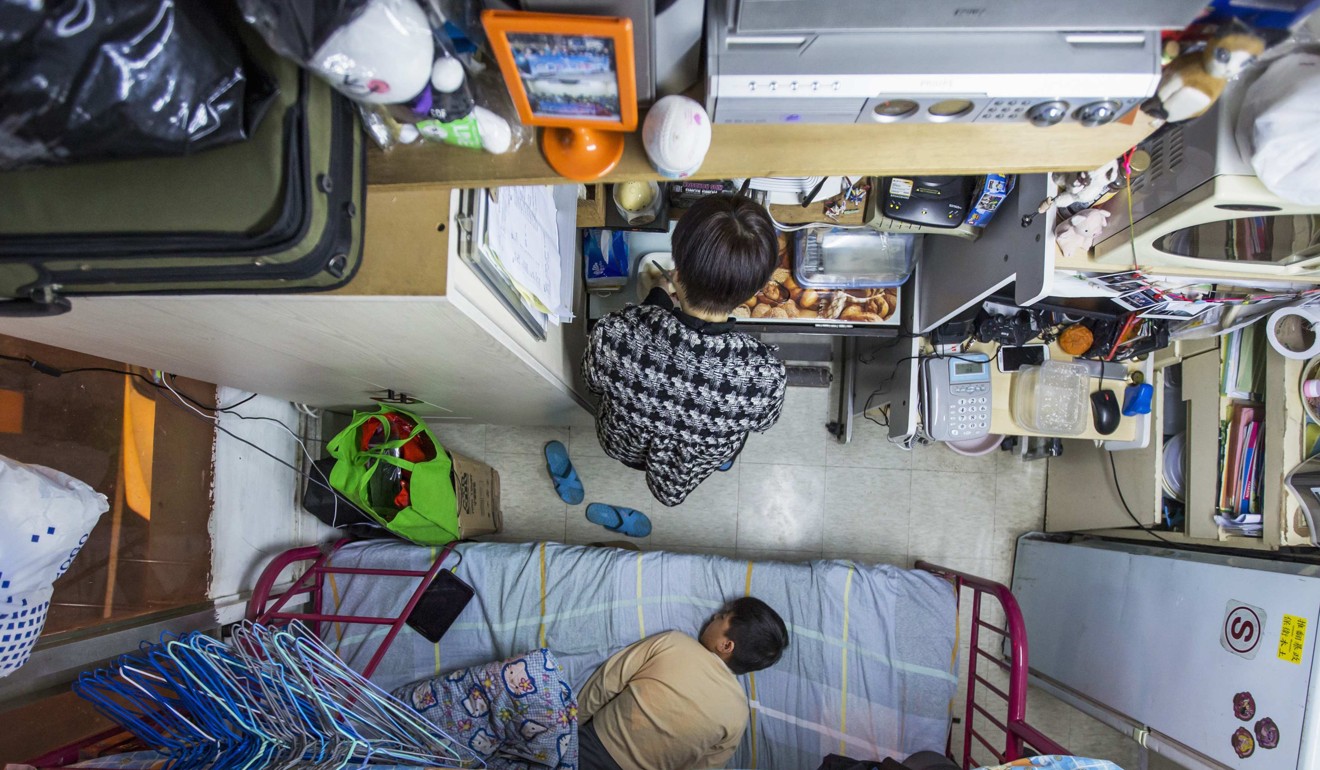
How Hong Kong’s poverty line is skewed by the elderly, to the detriment of its working-age population
- Richard Wong says removing the elderly from the calculation of the poverty line would better reflect poverty among those of working age
- This would allow for more targeted poverty alleviation measures for both groups, one based on consumption expenditure and the other on income
This criticism is wrong. Following a great battle over Hong Kong’s poverty alleviation policy in 2013, social advocates, such as Oxfam and the Hong Kong Council of Social Service, won the day when the government agreed to adopt the poverty line definition used in Europe. Households in poverty are deemed to be those that earn less than 50 per cent of the population’s median household income – a relative economic concept of poverty.
The government’s poverty alleviation policy – the Low Income Working Family Allowance – was a direct application of the concept of the poverty line to reducing the number of economically active households deemed to be in poverty under this definition.
However, the numbers coming forward to apply for the allowance have been only about half that initially projected by social advocates and expected by the government. This is proof that the poverty line overestimates the true number of working poor.
This is not to imply in any way that the allowance has not alleviated poverty among the working poor, only that the extent of poverty among the economically active population was exaggerated by the poverty line.
A key reason for the increase in those living below the poverty line is the rise in elderly households above the age of 65 – up by some 83,000 over the past five years. The number of those below the poverty line increased by 68,000. After government intervention measures in the form of cash transfers are taken into account, the increase in elderly poor was reduced to 27,000.
Moreover, many elderly live in public housing – about half of elderly households versus less than a quarter of households aged below 65. No wonder the youth are angry and agitating.
All this points to the fact that that our poverty line is uniquely unsuitable for measuring economically inactive elderly households and fails to account for in-kind transfers like public rental housing.
Removing the elderly population (or non-working-age population) from the calculation of the poverty line would improve the usefulness of the present poverty definition as an indicator of relative poverty. It could then become an indicator of poverty among the working-age population, rather than a hybrid measure of two completely different populations that require different poverty alleviation policy measures.
A separate poverty line for the elderly that is anchored in consumption spending could be readily constructed, like that used in the United States, which is largely driven by food consumption expenditure. Housing expenditure could then be isolated and treated separately. The European concept of a poverty line, by comparison, is anchored in income, but Hong Kong’s elderly are mostly economically inactive. This is the primary problem with our poverty indicator.

Poverty is not an insurmountable problem and misleading headlines that suggest so are most unfortunate. Child poverty, to the extent that it arises from low parental income, can be tackled directly through the Low Income Working Family Allowance.
The real challenge for Hong Kong is near poverty and it is primarily a problem of the younger working population
The real challenge for Hong Kong is near poverty and it is primarily a problem of the younger working population, whose earnings are low, relative to their desired expenditure on housing, which is expensive.
For those who are unable to get subsidised housing and do not live with their parents, near poverty is a deterrent to starting a family. Empirical evidence in Hong Kong has also shown that homeowner families are half as likely to get divorced as those in rented accommodation. Home-ownership is also an asset that can support retirement, business start-ups and other events in life.
The real challenge in boosting Hong Kong is not the relative poverty of the elderly or of children, but near poverty of the young working adults who cannot save enough to become homeowners in time to share in the growing prosperity of the city.
Richard Wong is professor of economics and Philip Wong Kennedy Wong Professor in political economy at the School of Economics and Finance at the University of Hong Kong

